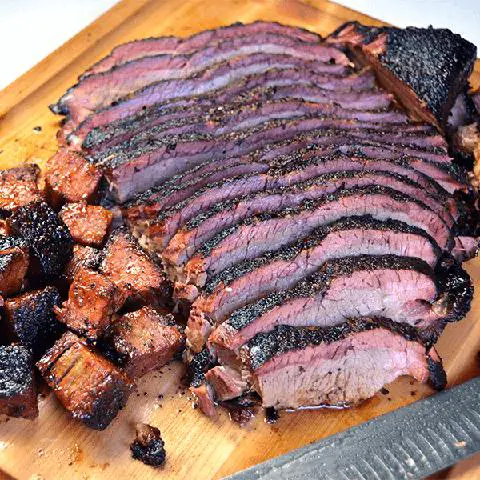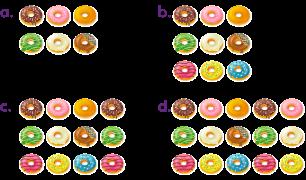
“Unveiling the Mystery: How Much is a Dozen? Delve into the world of numbers as we uncover the true value of a dozen, exploring its significance and unraveling its historical roots. Join us on this fascinating journey to understand the weight and worth of twelve items in various contexts. Prepare to be surprised by the intriguing answers that lie behind this seemingly simple question!”
1. Understanding the Meaning and Value of a Dozen

A dozen is a term used to describe a group of twelve objects or items. The word “dozen” comes from the French word “douzaine,” which means a group of 12. It is one of the oldest units of measurement and is used all over the world.
The number 12 has many divisors, making it easy to divide into smaller units. This makes counting and organizing objects in dozens convenient. For example, when buying eggs, they are often sold in dozens.
The concept of a dozen is not limited to physical objects. It is also used in measurements of time. There are 12 hours on a clock face and 12 months in a year.
In addition to a dozen, there are other terms related to multiples of 12. Ten dozens are called a “small gross,” while twelve grosses make up a “big gross.” These terms are often used by merchants who buy goods in bulk and sell them in dozens.
Overall, understanding the meaning and value of a dozen can make counting and organizing objects easier, whether it’s for everyday use or commercial purposes.
2. Exploring the History and Significance of a Dozen
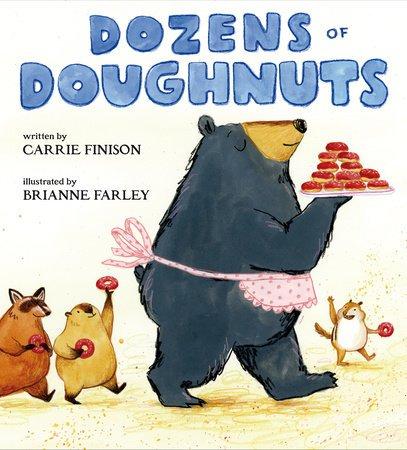
The concept of a dozen has a long history and is deeply rooted in various cultures around the world. The word “dozen” comes from the French word “douzaine,” which means a group of 12. It is one of the oldest units of measurement and has been used for centuries.
The number 12 holds significance in many aspects of nature and human life. For example, there are 12 hours on a clock face, 12 months in a year, and 12 zodiac signs. This connection to natural cycles may have influenced the choice to use 12 as a unit of measurement.
In addition to its natural associations, the number 12 has practical advantages when it comes to counting and dividing objects. Among numbers under 18, 12 has the most divisors (1, 2, 3, 4, 6, and 12), making it easy to divide into smaller sets or subdivisions.
A dozen is commonly used in commerce and trade. Merchants often buy goods in bulk quantities measured by the dozen and sell them individually or in smaller sets. Certain items like eggs or pencils are packaged in dozens for convenience.
The concept of a dozen extends beyond just twelve units. A “gross” refers to twelve dozen (144 units), while ten dozens are called a “small gross.” There is even a term called “great gross,” which represents twelve times a gross or 1728 items.
Overall, the use of dozens as a unit of measurement provides simplicity and convenience in counting objects. It is deeply ingrained in our daily lives and continues to be widely used across different cultures and industries.
3. The Versatility of a Dozen: From Bananas to Candles
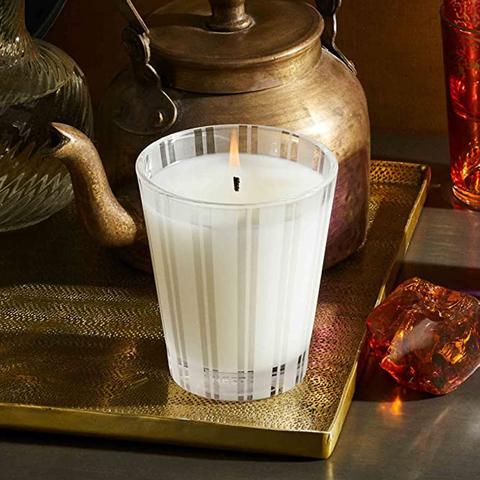
A dozen is a unit of measurement that has been used for centuries. It refers to a group of twelve objects, shapes, or numbers. The word “dozen” comes from the French word “douzaine,” which means a group of 12. This term is widely used all over the world and is one of the oldest units of measurement.
The concept of a dozen is deeply connected to nature and the cycles we observe in our daily lives. For example, a day has two cycles of 12 hours, and a year has twelve months or twelve moon cycles or zodiac signs. This connection to nature may be why the number 12 was chosen as a unit of measurement.
The versatility of a dozen can be seen in various contexts. Many household goods are sold in dozens, such as eggs, flowers, cookies, and doughnuts. Merchants often buy their goods in bulk and sell them in dozens. This practice allows for easier counting and packaging.
In addition to a dozen, there are other terms related to multiples of 12. For example, ten dozens are called a “small gross,” and twelve grosses are called a “big gross.” These terms originated from the Old French language and have been used for larger sets or quantities.
The use of dozens also extends beyond everyday items. In mathematics, the number 12 has the most divisors among numbers under 18, making it useful for subdivisions and calculations. It is also interesting to note that ancient Mesopotamians likely used the number 12 as a unit of measurement.
Overall, the concept of a dozen is widely recognized and used in various aspects of our lives. Whether you’re buying bananas or candles, understanding what constitutes a dozen helps simplify counting and makes everyday tasks more manageable. So next time you go shopping, consider buying dozens of your favorite things and have a gross amount of fun doing it!
4. Mastering the Calculation: How Many is a Dozen?
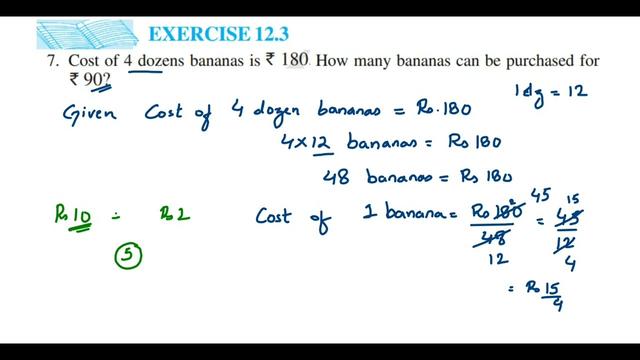
The concept of a dozen is widely used in everyday life, especially when buying items. A dozen refers to a grouping of twelve objects or items. The term “dozen” comes from the French word “douzaine,” which means a group of 12. It is one of the oldest units of measurement and is used all over the world.
In many cultures, the number 12 has special significance. For example, there are 12 hours on a clock’s face, 12 months in a year, and 12 zodiac signs. Among numbers under 18, 12 has the most divisors (1, 2, 3, 4, 6, and 12), allowing for easy subdivisions.
When buying goods in bulk, merchants often purchase them in dozens and sell them individually. Certain items are also packaged by the count of dozen and categorized into larger sets for bulk sales.
The decimal system is commonly used for counting, but the dozen system has its advantages. Counting in twelves can be an interesting challenge because we are accustomed to counting in tens. Additionally, many daily calculations involve the number 12, reinforcing its familiarity.
A baker’s dozen is another variation of a dozen that consists of 13 items instead of the usual 12. This custom originated from bakers wanting to avoid fines for serving less than the required weight for a dozen items.
Overall, understanding what a dozen represents makes counting and purchasing multiple objects much easier. It is an ancient unit of measurement that continues to be widely used today. So next time you go shopping, consider buying dozens of your favorite things and have fun doing it!
5. Discovering the Practicality of Buying in Dozens
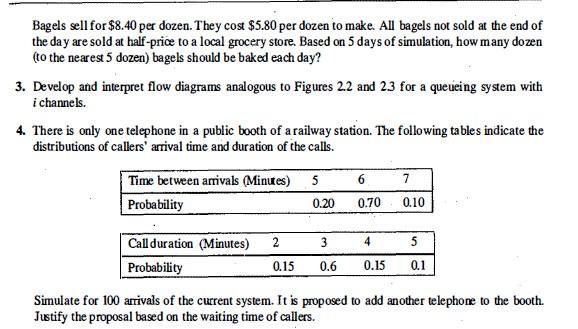
Buying items in dozens has been a common practice for centuries, and it offers several practical advantages. Firstly, counting and calculating with dozens is easier compared to other numerical systems. We are already familiar with counting in tens, so counting in twelves can be an interesting challenge that exercises our mathematical skills.
Additionally, the number 12 has many divisors, making it highly divisible and allowing for easy subdivisions of the unit. This makes it convenient when packaging and selling goods in bulk quantities. Many household items such as eggs, flowers, cookies, and doughnuts are sold in dozens because they are commonly used and easily divisible into halves, thirds, or quarters.
The concept of a dozen also has historical roots and connections to nature. A day is divided into two cycles of 12 hours, and a year consists of twelve months or twelve moon cycles. This connection to natural cycles may have influenced the adoption of the dozen as a unit of measurement.
Furthermore, the use of dozens extends beyond just individual units. For example, a “gross” refers to twelve dozen or 144 units. A “great gross” is equal to twelve grosses or 1,728 units. These larger sets are often used by merchants who buy goods in bulk and sell them in dozens.
In conclusion, buying items in dozens offers practicality and convenience due to its ease of counting and divisibility. It is a widely used unit of measurement that has stood the test of time and continues to be relevant in various industries. So next time you go shopping, consider buying your favorite things by the dozen and enjoy the benefits it brings.
6. From Eggs to Cookies: Everyday Items Sold in Dozens
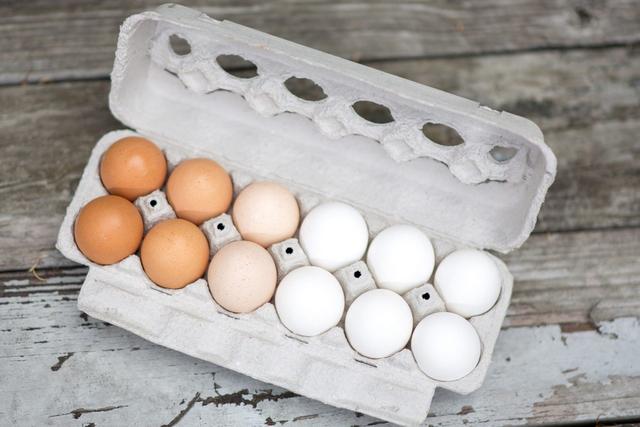
Many everyday items are sold in dozens, making it a convenient unit of measurement for both buyers and sellers. Here are some examples:
Eggs:
Eggs are commonly packaged and sold in dozens. This is because eggs are fragile and can easily break during transportation or handling. Selling them in dozens ensures that customers receive a sufficient quantity while also providing a standard packaging size for convenience.
Flowers:
Florists often sell flowers, such as roses or tulips, in bouquets of a dozen. This allows customers to easily purchase a specific number of flowers for special occasions like birthdays or anniversaries.
Cookies:
Cookies are another example of an item that is often sold in dozens. Whether it’s chocolate chip cookies, sugar cookies, or any other variety, buying them by the dozen is a popular choice for parties or gatherings.
Pencils:
In schools or offices, pencils are frequently packaged and sold in sets of a dozen. This ensures that there are enough pencils available for multiple users or for an extended period of time.
Doughnuts:
Doughnut shops typically offer their delicious treats in boxes of a dozen. This allows customers to easily order and share doughnuts with friends or family members.
The use of dozens as a unit of measurement for these items simplifies the purchasing process and provides consistency in packaging sizes. It also allows for easy calculation when determining quantities needed for various purposes.
7. Unraveling the Mystery of Bakers’ Dozen: Why 13 instead of 12?

So next time you order a bakers’ dozen, remember that you’re getting an extra treat or piece of bread as part of this age-old tradition!
8. Dozens, Grosses, and Beyond: Exploring Larger Sets of Units

In addition to the basic unit of a dozen, there are larger sets of units that are commonly used in various contexts. One such set is called a “gross.” A gross is equal to twelve dozen or 144 units. It is derived from the Old French term “grosse douzaine,” which means a large dozen. Merchants often buy goods in bulk and sell them in dozens or grosses.
Another term used is a “great gross,” which refers to twelve grosses or 1728 units. Similarly, a “small gross” is equal to ten dozens or 120 units. These larger sets are useful when dealing with large quantities of items and allow for easier calculations and packaging.
The use of these larger sets can be seen in various industries. For example, bakers often sell their products in multiples of a dozen or even a baker’s dozen, which is thirteen instead of twelve. This tradition originated from the need to avoid fines for serving less than the required weight for twelve items.
Understanding these larger sets of units can be beneficial when buying items in bulk or calculating quantities for different purposes. It adds versatility to our counting system and allows for more efficient measurement and packaging practices.
Overall, the concept of dozens extends beyond just twelve units and encompasses larger sets such as grosses and great grosses. These terms have been used for centuries and continue to play a role in various industries today.
9. The Decimal System vs. the Dozen System: Advantages and Uses
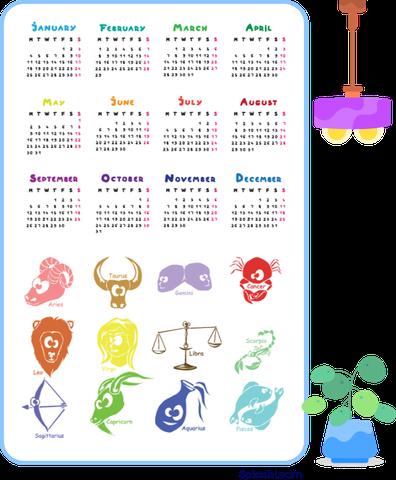
The decimal system and the dozen system are two different systems of counting and measurement. The decimal system is based on the number 10, while the dozen system is based on the number 12.
One advantage of the dozen system is that it makes counting certain items easier. For example, when counting eggs, it is often more convenient to count them in dozens rather than individual units. This is because eggs are often sold in cartons of 12, so it is easier to keep track of how many cartons you have rather than counting each individual egg.
Another advantage of the dozen system is that it is already familiar to us in many aspects of our daily lives. For example, there are 12 hours on a clock face and 12 months in a year. We are used to thinking in terms of groups of 12, so using the dozen system for certain calculations can feel more natural.
The dozen system also has historical and cultural significance. It is believed to have originated from ancient Mesopotamians who used it as a unit of measurement. Additionally, the number 12 has many divisors (1, 2, 3, 4, 6, and 12), which allows for easy subdivisions of a unit.
In contrast, the decimal system is widely used in most areas of life because it is based on our natural ten-fingered hands. It provides a simple and consistent way to count and perform mathematical operations. The decimal system also allows for easy conversion between different units of measurement through powers of ten.
Overall, both systems have their advantages and uses depending on the context. The decimal system is more commonly used in everyday life and scientific calculations, while the dozen system can be useful for counting certain items or when working with historical or cultural measurements.
10. Fun Facts About a Dozen: From Finger Bones to Zodiac Signs
A dozen is not just a simple unit of measurement, but it also has some interesting facts associated with it. Here are some fun facts about a dozen:
1. The number 12 has the most divisors
Among numbers under 18, the number 12 has the most divisors—1, 2, 3, 4, 6, and 12—allowing for easy subdivisions of the unit. This property makes it a convenient choice for counting and measuring.
2. A day and a year have twelve units
A day consists of two cycles of twelve hours each, while a year is divided into twelve months or twelve moon cycles or zodiac signs. This connection to nature further reinforces the significance of the number twelve.
3. The word “dozen” comes from French
The term “dozen” originates from the French word “douzaine,” which means a group of 12. It has been used as a common unit of measurement for centuries.
4. A baker’s dozen is one more than a proper dozen
In order to avoid fines for serving less than the required weight for 12 items, bakers started the tradition of adding an extra item to make it thirteen—a baker’s dozen.
5. A gross is equal to twelve dozen
A gross refers to an amount equal to twelve dozen or 144 units. It is also known as a “big gross.” Similarly, ten dozens are called a “small gross.”
6. Many household goods are sold in dozens
Items like eggs, flowers, cookies, and doughnuts are commonly sold in sets of 12 or as dozens. The number 12 is easily divisible into halves, thirds, and quarters, making it a convenient packaging option for manufacturers.
7. The decimal system versus the dozen system
The dozen system has advantages over the decimal system in certain situations. It makes counting specific items easier and is already familiar to us due to its presence in our daily lives, such as on a clock’s face or in the number of hours in a day.
8. A dozen is an ancient unit of measurement
The use of a dozen as a unit of measurement can be traced back to ancient Mesopotamians. Its simplicity and divisibility have made it a widely used term for counting and buying things.
9. A dozen is associated with fun activities
Saying “a dozen of dozens” or buying dozens of your favorite things can add excitement to shopping experiences. It also sounds smart and sophisticated when you use the term correctly.
10. The number 12 has cultural significance
The number 12 holds cultural significance in various aspects, including religion (twelve disciples of Jesus), mythology (twelve Olympian gods), and astrology (twelve zodiac signs).
Next time you encounter the term “dozen,” remember these fun facts and appreciate the historical and practical importance of this simple unit of measurement!
In conclusion, the term “a dozen” refers to a quantity of twelve units. This phrase is commonly used when referring to items such as eggs or baked goods. Understanding the concept of a dozen allows for accurate and efficient communication in various contexts where this measurement is relevant.
Learn More About Grilling
If you want to learn more about grilling, check out these other helpful resources!


